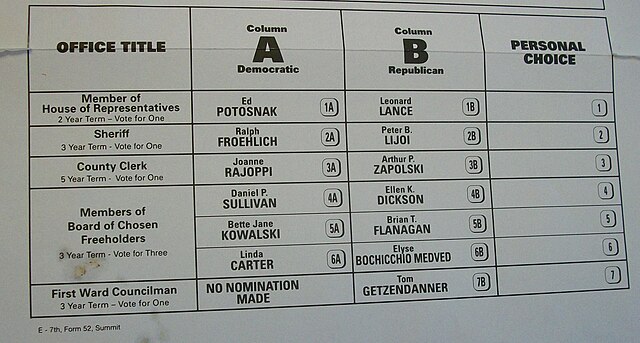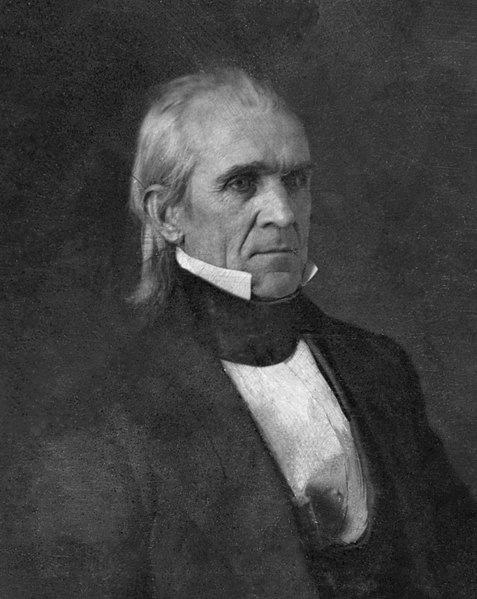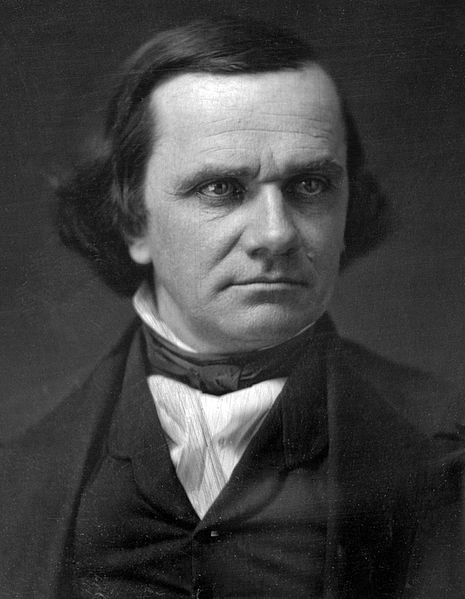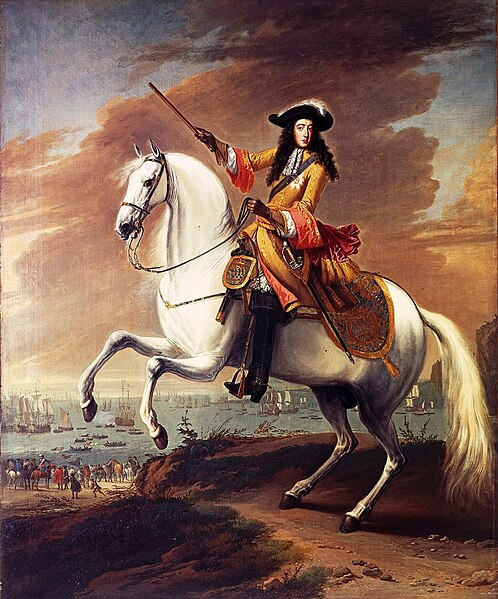Democratic Party (United States)
The Democratic Party is one of the two major contemporary political parties in the United States. Since the 1850s, its main political rival has been the Republican Party.
Andrew Jackson was the seventh president (1829–1837) and the first Democratic president.
Martin Van Buren was the eighth president of the United States (1837–1841) and the second Democratic president.
James K. Polk was the 11th president of the United States (1845–1849). He significantly extended the territory of the United States.
Stephen A. Douglas was a United States senator for Illinois.
A two-party system is a political party system in which two major political parties consistently dominate the political landscape. At any point in time, one of the two parties typically holds a majority in the legislature and is usually referred to as the majority or governing party while the other is the minority or opposition party. Around the world, the term has different meanings. For example, in the United States, the Bahamas, Jamaica, and Zimbabwe, the sense of two-party system describes an arrangement in which all or nearly all elected officials belong to either of the two major parties, and third parties rarely win any seats in the legislature. In such arrangements, two-party systems are thought to result from several factors, like "winner takes all" or "first past the post" election systems. The electoral competition is mostly limited to the two major parties.

In a two-party system, voters have mostly two options; in this sample ballot for an election in Summit, New Jersey, voters can choose between a Republican or Democrat, but there are no third party candidates.
Economist Jeffrey D. Sachs
Equestrian portrait of William III by Jan Wyck, commemorating the landing at Brixham, Torbay, 5 November 1688
In A Block for the Wigs (1783), James Gillray caricatured Fox's return to power in a coalition with North. George III is the blockhead in the center.








